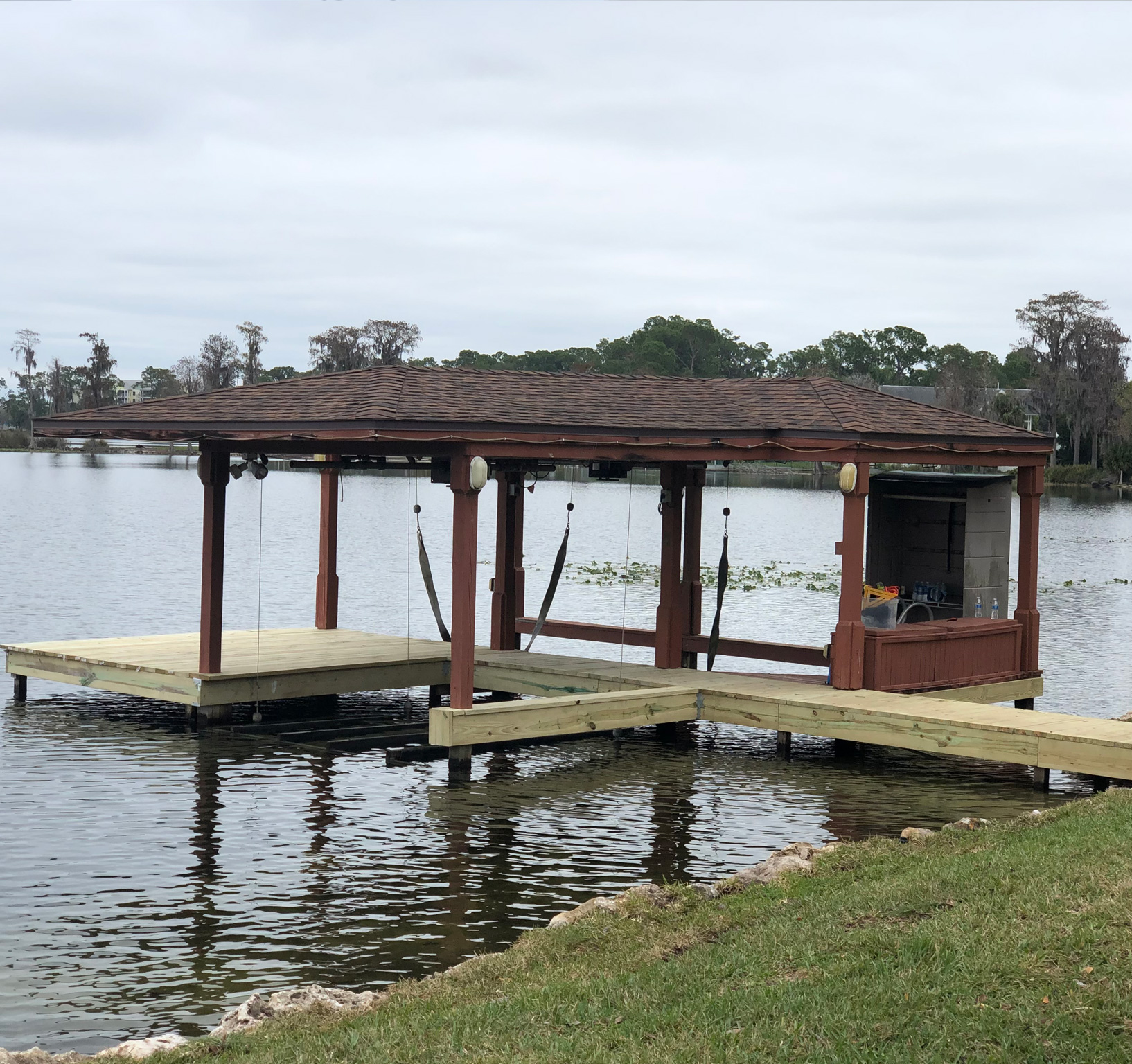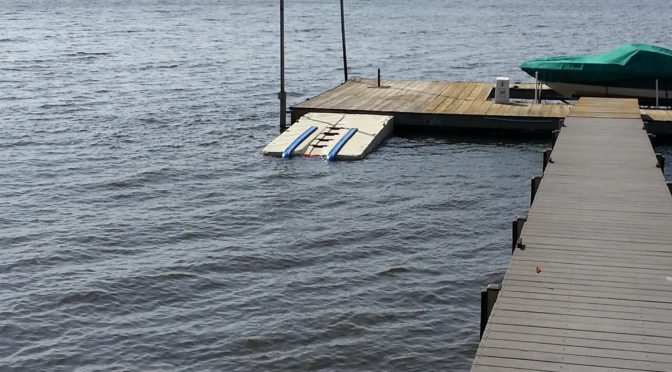Expert Insights on Long-Lasting Dock Repairs Solutions
Wiki Article
Exactly How to Address Common Dock Repair Service Issues for Safe Water Tasks

Identifying Common Dock Issues
Identifying typical dock problems is important for maintaining the performance and security of your waterfront residential property. Routine examinations can assist reveal issues before they end up being extreme, making sure both the longevity of the dock and the safety of those that use it.Another typical issue is the degradation of flotation protection devices. These gadgets are essential for maintaining the dock buoyant, and any type of damages or punctures can create the dock to list or sink. Routinely examining for leaks or water logged floats can preempt a lot more significant concerns.
In addition, algae and barnacle accumulation on the dock's surface can produce hazardous and unsafe conditions. This biofouling not only postures a danger to customers but can likewise increase the damage of the dock materials.
Finally, examining for indicators of rust on metal elements is important. Rust can endanger the honesty of the dock's framework, making it risky. By consistently identifying these typical dock problems, you can guarantee that your dock remains safe and useful for many years to find.
Fixing Rotting Timber
When resolving the issue of rotting wood on your dock, it is important to act quickly to stop more deterioration. Begin by thoroughly examining the entire structure to identify all influenced areas. Use a screwdriver to probe the timber; if it sinks in quickly, the timber is most likely decomposed and needs immediate attention.Once identified, remove the rotted sections making use of a saw or sculpt. Make sure to cut back to healthy and balanced, solid wood, guaranteeing you remove all compromised product. After elimination, treat the remaining wood with a timber preservative to stop future rot. This treatment will aid guard against wetness, which is the primary reason for timber decay.
Next, change the eliminated sections with marine-grade lumber or pressure-treated timber, which are a lot more resistant to water damage. Protect the new items with stainless-steel or galvanized fasteners to stop deterioration. Furthermore, using a water-proof sealant to the brand-new wood can provide an added layer of defense.
Securing Loosened Boards
How do you guarantee your dock continues to be safe and useful for all its customers? One crucial aspect is protecting loosened boards, which can or else pose substantial hazards. Loose boards not just boost the risk of tripping yet can additionally compromise the architectural honesty of the helpful site whole dock.
For reinstallation, utilize stainless or galvanized steel screws, as these materials use premium resistance to deterioration in aquatic settings. Make sure the screws are long enough to pass through deep right into the underlying assistance structure, yet not so long that they stick out via the dock's surface area. Pre-drilling pilot holes can aid prevent the wood from splitting.
Finally, maintain a regular inspection timetable to recognize and address any brand-new problems immediately. click to read more By safeguarding loose boards effectively, you add to the overall safety and long life of your dock, making it a reliable system for water tasks.
Stabilizing Unstable Pilings
Ensuring the security of unstable pilings is paramount to keeping a functional and secure dock. Unstable pilings can compromise the entire framework, presenting considerable threats to users and possibly bring about pricey repair work. The initial step in supporting these vital parts is a detailed assessment. Check out the pilings for indications of rot, damage, or shifting. Utilize a degree to check for upright placement and ensure they are driven deep enough right into the substrate to supply ample support.If the pilings are discovered to be unstable, one effective method for reinforcement is making use of added bracing. Cross-bracing with treated lumber or galvanized metal can substantially enhance stability. Support the braces firmly to both the pilings and the dock frame to distribute loads evenly.

Normal maintenance and periodic review of the pilings' security are important to guaranteeing long-lasting dock security and functionality.
Changing Rusty Hardware
Attending to unstable pilings is just one facet of preserving a dock's integrity; an additional critical problem is replacing corroded equipment. Over time, direct exposure to dampness and salt can lead to the oxidation and deterioration of brackets, screws, and screws, compromising the whole framework's safety. Normal examination for rust is vital, specifically after serious weather or seasonal modifications.When rusty equipment is identified, instant activity is needed. Begin by picking marine-grade stainless-steel or galvanized hardware, both created to stand up to the rough marine setting. Make certain that you have the ideal tools, such as screwdrivers and wrenches, to safely eliminate the old, corroded pieces without creating further damage to the dock.
After eliminating the rusty hardware, extensively tidy the affected locations to eliminate any type of recurring corrosion or particles. Apply a rust-inhibiting guide to exposed metal surface areas prior to setting up the brand-new equipment. Tighten all fixtures securely to prevent future loosening, and regularly evaluate the installations to guarantee continuous security.
Changing rustic equipment not only extends the dock's lifespan however likewise substantially boosts the safety and security of water activities. By proactively managing corrosion, you protect both the structure and its users, ensuring a safe and delightful waterfront experience.
Final Thought
Normal assessments and upkeep are vital to address usual dock repair service issues and ensure risk-free water activities. Such positive steps contribute to the general safety and performance of dock frameworks, promoting a protected setting for water-based activities.Making certain the security of water activities pivots considerably on the correct maintenance and fixing of anchors (Dock Repairs). These tools useful site are necessary for keeping the dock buoyant, and any kind of damage or leaks can create the dock to list or sink. By routinely recognizing these usual dock issues, you can make certain that your dock continues to be practical and safe and secure for years to come
Guaranteeing the security of unsteady pilings is critical to preserving a secure and functional dock.Regular evaluations and upkeep are crucial to address common dock fixing issues and make certain secure water activities.
Report this wiki page